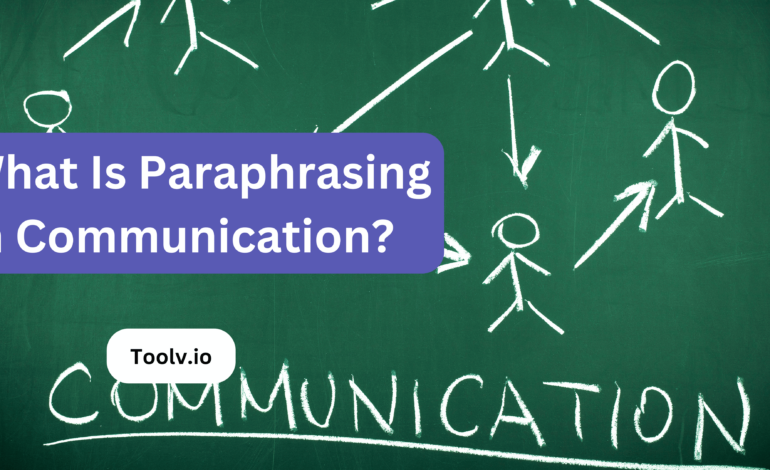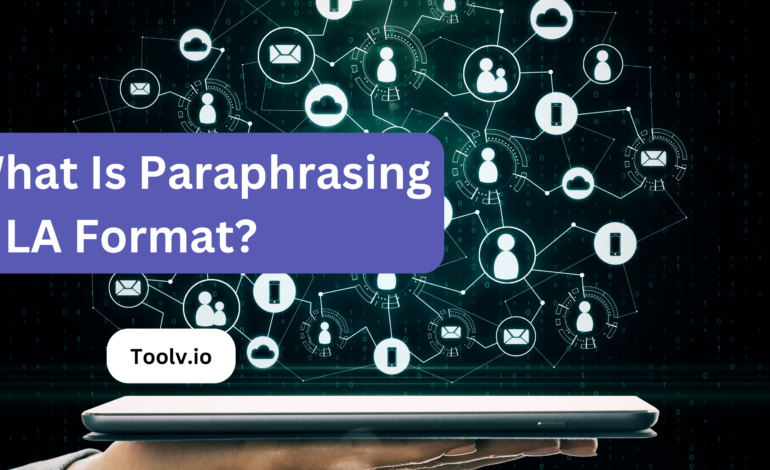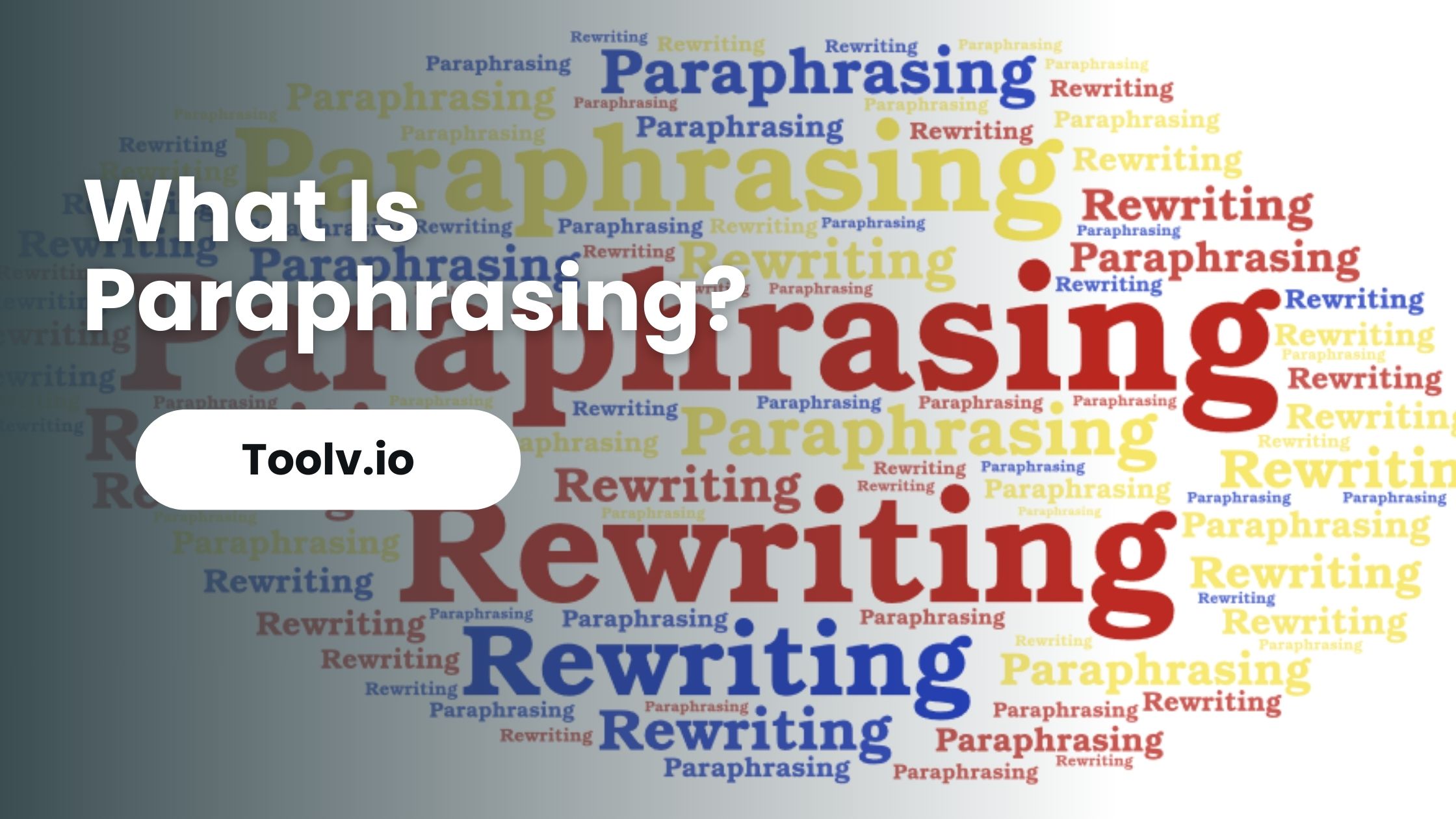What Is Paraphrasing in Communication?

Paraphrasing in communication means restating what someone else has said or written in your own words. It’s a way of showing you understand the message, without using the exact same words.
In this article, we will discuss how to paraphrase effectively in different situations. We’ll explore techniques to ensure that the original meaning is kept while changing the words, and how this skill can improve understanding and clarity in communication.
What Is Paraphrasing in Communication?
Paraphrasing in communication means restating what someone else said in your own words. It’s like rephrasing someone’s idea to make it clearer or easier to understand.
This is useful in conversations to show you understand the other person. When you paraphrase, you keep the main idea but use different words or a simpler way of saying it. It’s not copying, but more like translating someone’s thoughts into your own language.
This technique is great for avoiding misunderstandings and making sure everyone is on the same page. It’s a key skill in effective communication, helping to clarify and confirm understanding between people.
What Is Paraphrasing and Its Example?
Paraphrasing is when you restate someone else’s ideas in your own words. It’s different from copying because you’re not using the same words. Instead, you express the same ideas but in a new way.
This helps to show you understand the original text and can explain it yourself.
For example, if the original text says, ‘Cats are known for their agility and independence,’ a paraphrase might be, ‘Cats are famous for being quick and self-reliant.’
Here, the main idea is the same, but the words used are different. Paraphrasing is useful in writing or studying, as it helps you grasp and communicate ideas better
How To Define Paraphrasing?
Paraphrasing is a way of rewriting someone else’s ideas or words in your own unique style. It’s different from quoting directly, where you use the exact words with quotation marks.
When you paraphrase, you keep the original meaning but use different words and structures. This is often done to make information clearer or to show understanding of the topic. It’s important in paraphrasing to avoid copying the original text too closely.
Instead, focus on expressing the same ideas in a new way. This can involve changing words, rearranging sentences, or adding explanations. Paraphrasing shows you’ve understood the content and can explain it in your own words, which is a valuable skill in writing and communication.
What Is Paraphrasing and Why Is It Important?
Paraphrasing is like using your own words to tell someone else’s ideas. It’s important because it shows you understand the idea and can explain it in a new way. This helps avoid copying directly, which could be better in writing.
When you paraphrase, you keep the original idea but use different words and maybe even simplify it. This makes your writing more original and shows you get what you’re talking about.
Plus, it’s a great skill for learning and sharing knowledge. By using paraphrasing, we respect the original author’s work and still make the information our own. This makes our writing better and more trustworthy.
FAQs
What is paraphrasing in communication?
Paraphrasing in communication is the act of rephrasing or rewording someone’s statements or ideas in your own words while maintaining the original meaning. It’s often used to demonstrate understanding, clarify meaning, or present information more clearly.
Why is paraphrasing important in effective communication?
Paraphrasing is crucial in effective communication as it shows active listening, enhances understanding, and ensures that the speaker’s ideas are accurately received. It helps in avoiding misinterpretation and builds stronger, more empathetic relationships between communicators.
How can I paraphrase effectively?
To paraphrase effectively, listen attentively to the original message, understand the core idea, and then express it in your own words without changing the original meaning. Avoid using similar phrases or words from the original text, and ensure your version conveys the same sentiment or information.
Conclusion
Paraphrasing is a crucial communication skill, allowing for clearer understanding and avoiding plagiarism. It involves rewording information while retaining the original meaning.
Toolv.io’s paraphrasing tool is a helpful resource in this regard. It simplifies the process of rephrasing text, ensuring that the essence of the original message is preserved.





